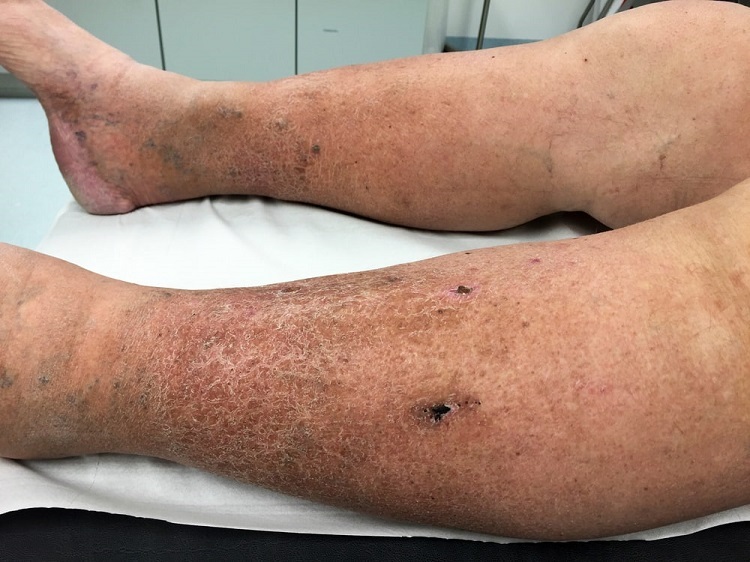If you have been experiencing some unusual symptoms, such as swollen ankles, aching legs, and cramping in your calf muscles, you may be suffering from venous insufficiency. This condition affects the veins of the lower body and can be an indication of deep vein thrombosis or other circulatory problems. This article will explore venous insufficiency in St. Louis, how to diagnose it, and treatment options for those who suffer from this condition.
Table of Contents
What is Venous Insufficiency?
Venous insufficiency occurs when the veins of your lower body cannot pump enough blood back up towards your heart. This condition is usually a result of other health problems and can occur as a complication or side effect from another disease, such as diabetes or chronic obstructive pulmonary disorders (COPD). In addition to these other conditions, venous insufficiency can also be caused by prolonged sitting or lying down. Prolonged bed rest is often the cause of this condition in elderly patients recovering from surgery or illness and need to stay immobile for long periods.
What Causes Venous Insufficiency?
Venous insufficiency is a condition that causes the veins to lose their elasticity and become weak; hence veins have trouble returning blood to the heart. It can lead to the pooling of blood in the leg, which causes swelling and ulcers. Additionally, if you experience venous insufficiency for more than six months, your risk of developing deep vein thrombosis (DVT) increases.
The most common cause of venous insufficiency is a blockage, such as from varicose veins or tight clothing. Other causes can be pregnancy, obesity, and age-related changes. It can also affect people who stand for long periods daily or certain medical conditions like diabetes and chronic kidney disease.
What are some symptoms?
Some common symptoms include:
- Swelling in one or both legs
- Painful or tender veins or leg muscles
- A feeling like something heavy is pressing on your chest when you lie down at night
- Cramps in the calf muscle
- Warmth over the skin near painful areas
If you are experiencing these symptoms, it is essential to schedule an appointment with a medical professional as soon as possible for diagnosis and treatment. If left untreated venous insufficiency can lead to more serious blood clots, skin ulcers, and even infection.
What are treatment options?
Treatment for venous insufficiency is often dependent on the cause of your specific case. The severity of venous insufficiency varies greatly depending on how many veins are blocked and what other health problems an individual may have; it can range from mild discomfort to severe pain that makes walking difficult. If you have been immobile because of an illness or surgery, bed rest may be recommended until your symptoms subside. In some cases, your doctor may prescribe compression stockings or support hoses to help increase blood flow and relieve pain in the legs. If you have a more serious condition, such as deep vein thrombosis, surgery may be necessary to remove the clot and restore circulation to your lower body.
In summary, it is good to seek medication if you are experiencing the above symptoms as soon as possible to avoid more complications.

